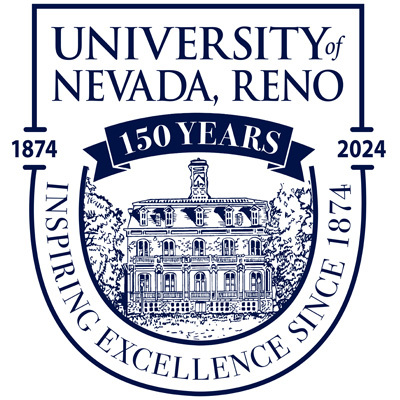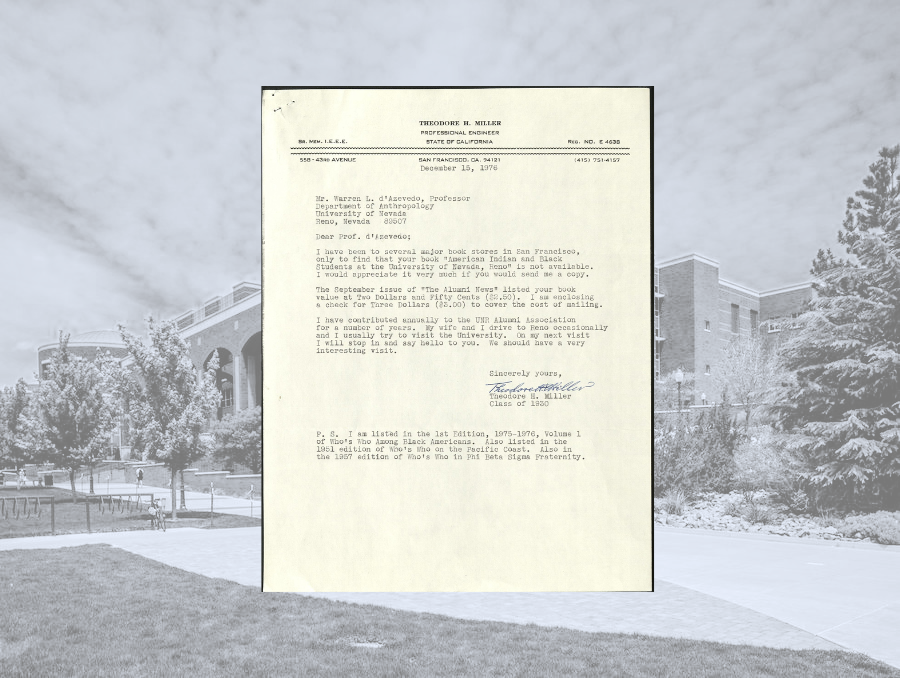
THEODORE H. MILLER’S GRADUATION FROM THE UNIVERSITY in 1930 did not receive the kind of fanfare that it deserved. Miller, who received a degree in electrical engineering in May 1930, is believed to be the first African American to graduate from the University. Since its inception in 1862, the Morrill Act had promised to make a college education more accessible to more people throughout the United States. The nation’s reality was far different than the promises the Morrill Act seemed to make.
“Access to higher education for black Americans did not improve dramatically after the Civil War,” wrote Robert Bruce Slater in the comprehensive study of land-grant educational opportunity, “The First Black Graduates of the Nation’s 50 Flagship State Universities” in the Journal of Blacks in Higher Education. “W.E.B. DuBois’ research concluded that from 1865-1900 only 390 Blacks had graduated from predominantly white colleges and universities.” The introduction of a second Morrill Act, in 1890, wrote Slater, “was a mixed blessing for the higher education for African Americans. Although it opened the door to the establishment of dozens of Black public land grant institutions, the act assured a half century of more of strict racial segregation of American public higher education.”
These were some of the major obstacles facing young Black Americans like Theodore Miller in the late 1920s. In Nevada in 1930, the U.S. Census Bureau reported that there were 526 African Americans living in the state, out of a total state population of 91,058, or about 0.8 percent. By 1930, out of a population of a little more than 27,000 people, there were approximately 143 African Americans residing in the state’s most populous county. Nevada’s African American citizens, according to “The African American Civil Rights Experience in Nevada, 1900-1979,” had throughout the state’s early history faced “blatant racial discrimination” where racism grew “more common and overt … in the years following the end of Reconstruction through the Great Depression. The creation of Ku Klux Klan branches throughout the state during the 1920s and aggressive efforts by city officials to segregate Las Vegas beginning in the 1930s are two obvious examples. African Americans in Nevada actively worked to combat these growing patterns of racism through advocacy and legislative reform, but their efforts during the early twentieth century were largely unsuccessful.”
Theodore Miller, who was born in Kansas City on Jan. 27, 1905, enrolled at the University in August 1928. He transferred from Kansas State. “During this entire time,” he wrote in a letter to longtime University Anthropology Professor Warren L. d’Azevedo in 1977, “I was the only black student on the campus. I remember the University in just one way, with regards to students, faculty and everyone connected to the University, I was treated like a King.” Miller went to reminisce about being an extremely focused student who had worked fulltime while out of class in order to make his academic ends meet the financial needs of a young minority who otherwise had no obvious support system – “My sole purpose of attending the University was to get a B.S. Scholarship – never heard of one (we are backtracking about fifty years). I earned every nickel of my expenses before and while attending the University,” he wrote. Miller worked at Donner Lake during the summer of 1929, and later, as his money ran out, washed cars at a Reno garage until 1 or 2 in the morning. A talented musician and dancer, Miller would make extra money playing piano at fraternity and sorority parties. “I had a “piano act” that I performed onstage with a grand piano,” he wrote. “The University drama group put on a show in Fallon, Nevada and took me with them to do my number as a special feature. I was in the Nevada Follies in either 1929 or 1930.” Miller noted, too, that he enjoyed having some of his “wild ideas” from Kansas State used during the Engineering Department’s annual Open House. “(I) was practically put in charge of the electrical engineering exhibition,” he wrote. “When I visited the University some twenty years later, Professor Irving Sandorf called the electrical group together to have me explain some of the way out electrical stunts I had for open house when I was a student.”
Following graduation on May 12, 1930, Theodore Miller went on to have a distinguished career. He married Grace Eubank and had two children. He was the Chief Electrical Engineer of the Ninth Region of the United States Government’s General Services Administration for more than two decades, and was also the Assistant Head of Engineering for the Veteran’s Administration in San Francisco, as well as the Supervisor of the Electrical Design Department for Mare Island U.S. Naval Shipyard. He taught Radiological Defense at Stanford University and was the President of the Board of Directors of the Booker T. Washington Community Center in San Francisco. He passed away on Jan. 3, 2000, in Houston, Texas, at age 94.














